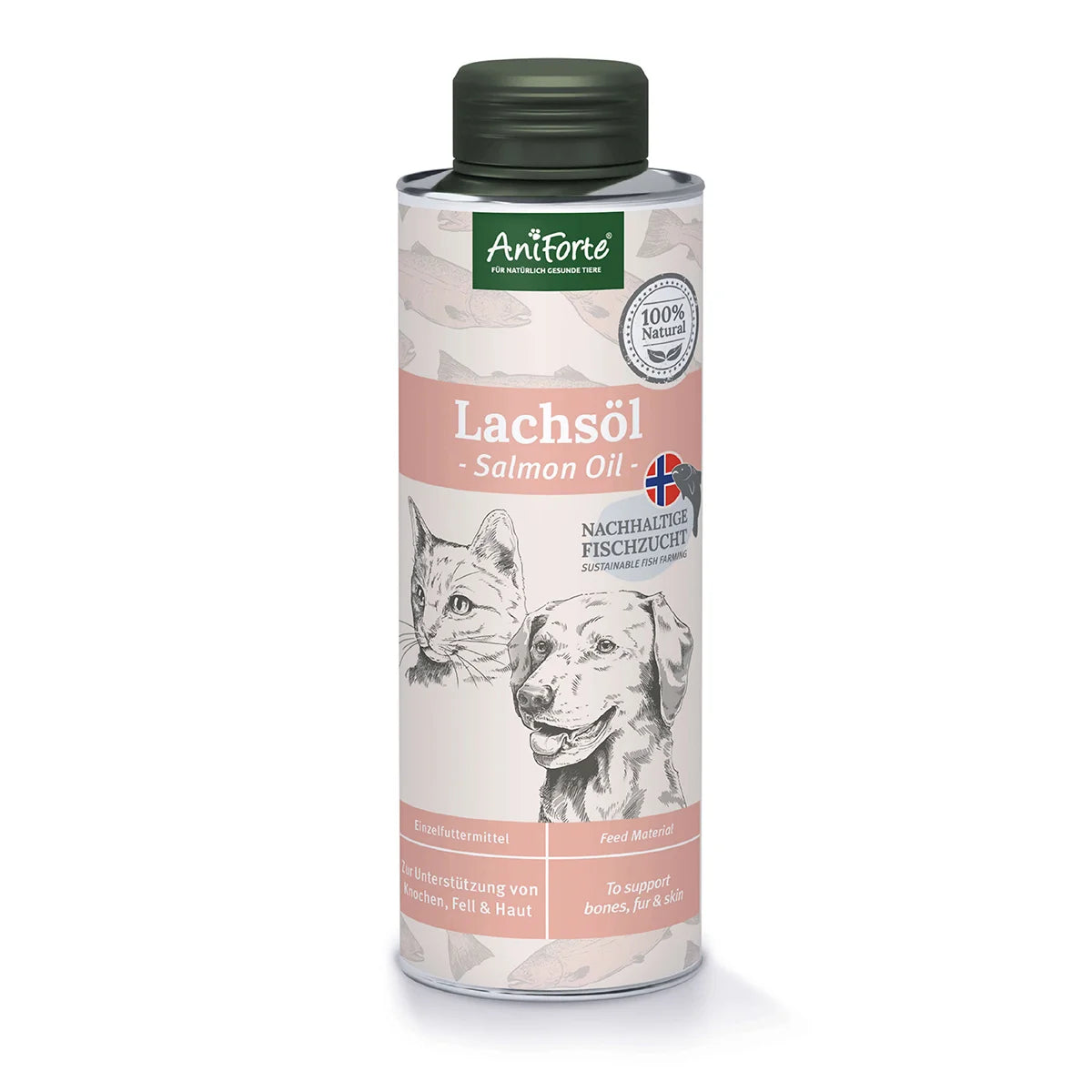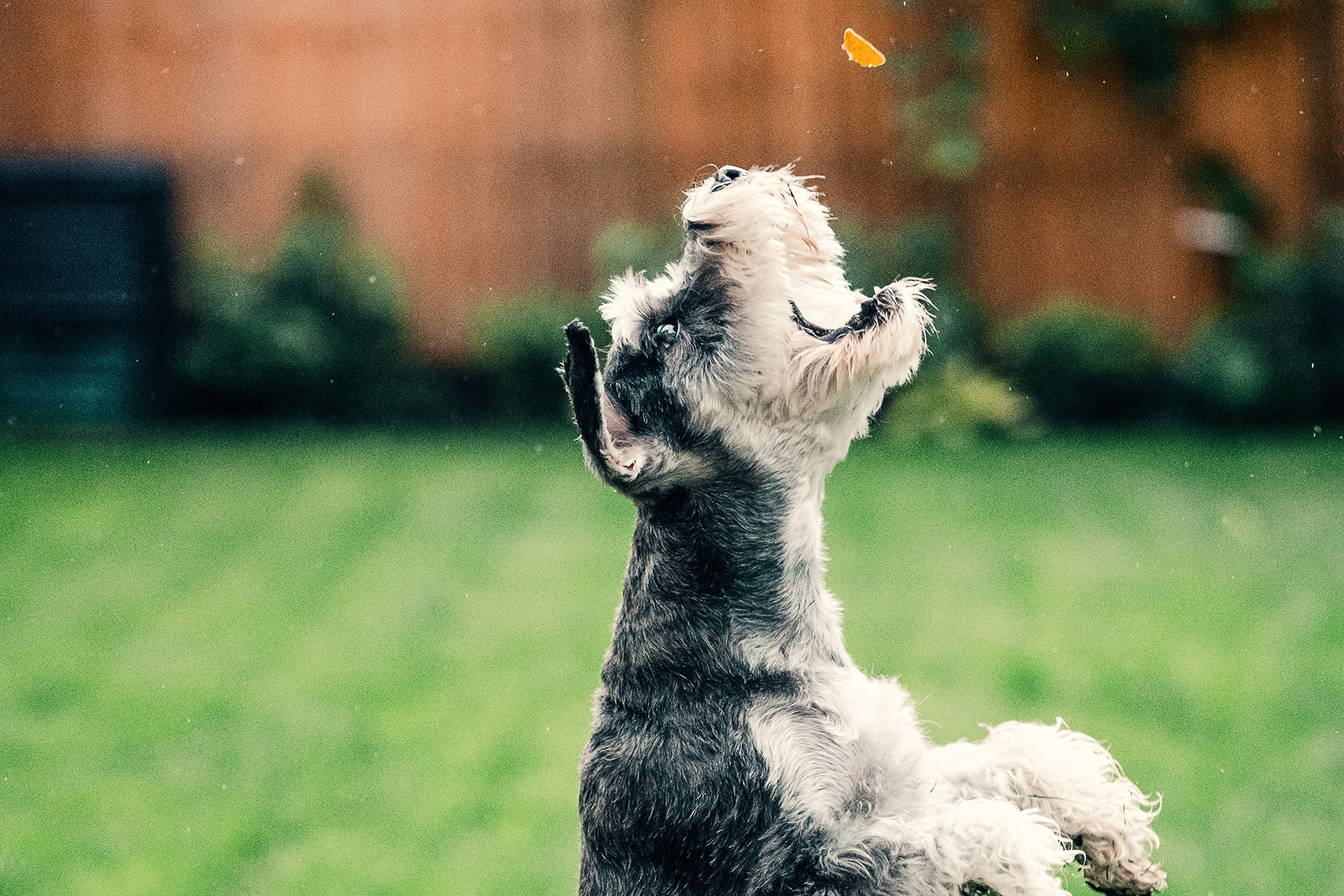Clicker training for cats is trendy.
Though at first glance, clicker training for cats might seem like a contradiction. Should you be able to successfully train cats, these idiosyncratic animals that are particularly appreciated for their independence? Is it even possible to control the cat's personality with clicker training? There is no need to worry, because the graceful cat is not forced to do anything, since she decides of her own free will whether she wants to participate or not. At no point does the pet have to expect negative consequences.
However, clicker training for the cat is a good way to keep her stimulated, occupied and to develop a more intensive bond with her. Clicker training also helps to overcome fears, particularly evident during veterinary treatment. But first and foremost, clicker training is a fun game for the pet, because cats like to play. Another benefit of clicker training is that it follows rules that are simple and easy to understand.
Cats also enjoy 'working' for their food, as is evident from the fact that your cat will happily hunt mice in your gardens, even though you're feeding her a (tinned or bagged) feast every day.
Training your cat can strengthen her self-confidence, helps prevent unpleasant behaviours and supports her individual nature.
How does it work?
When you get started, make sure to bring a lot of patience and treats to the training session. It might help if your cat is a little hungry too.
Start by calling your cat to you, and when she comes 'click' and give her the first treat. What you're teaching the cat is that the click will be followed by a tasty reward. Repeat this step a few times over the next few days.
Your cat will then learn that she triggers the click through her own behaviour and that she gets something good in return. She then quickly finds out which behaviour leads to success. Accordingly, she will repeat this rewarding behaviour. With clicker training, the cat learns on a voluntary basis and without any pressure, making punishment completely unnecessary.
Once she mastered the art of coming to her human once her name is called, you can start teaching her other tricks, such as sitting down or giving you a high-five. You can also teach her to come from further away, for example if your cat is free to roam outside
Clicker training with a cat brings variety to your everyday life. This is especially important for house cats, because their lives are often very monotonous. But clicker training also makes sense for animals that can leave the house.
Another obvious advantage: clicker training provides an extended method of communication. The nature of the training method gives the cat an opportunity to communicate, like a new language. The cat speaks through her action and the owner through the click. Confidence will grow quickly through this form of training - you don't even have to touch a stubborn pet. This is a great advantage, especially with shy cats. The training method is particularly suitable for cats who don't like being touched. Cats that have little self-confidence will quickly gain the necessary security through the frequent experience of success. A basic satisfaction and harmony will set in with the cat very quickly. All of these positive side effects can have a positive impact on the cat’s health.
What is clicker training anyway?
Clicker training is an educational method that was developed in the middle of the 20th century. The method was originally used with dolphins. Dolphins cannot be trained with punishment like dogs or horses, for example. In this respect, any physical influence was ruled out. Dolphins cannot be put on a leash and not forcefully pushed through a tire. So it was necessary to find a different method. Based on the discovery of behavioural researchers, the clicker method was developed to teach dolphins. Dog trainers then adopted this successful, positive training method. Clicker training for cats has also gained a good reputation. It enriches the coexistence of humans and animals to a great extent.
The cat notices fairly quickly that a certain behaviour causes success, so she will repeat it. For example, if the cat has made a successful jump to prey on an animal, she will of course continue to pursue this strategy. The same applies to the house cat. If she realises that she needs to scratch on a door to get it opened by a person, the animal will in future show exactly this behaviour so that she can be let in or out. Only the success of the cat's own will is decisive, not the human wish.







